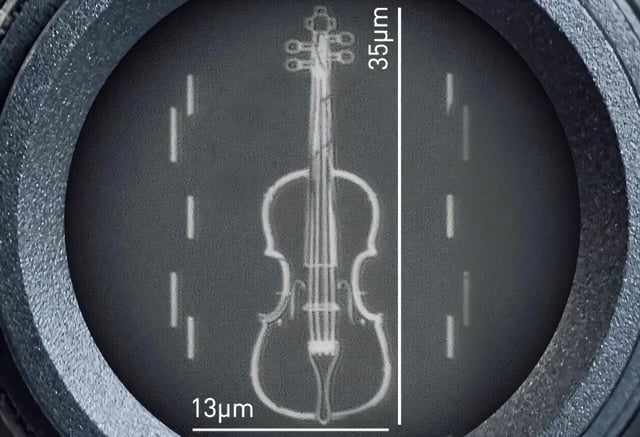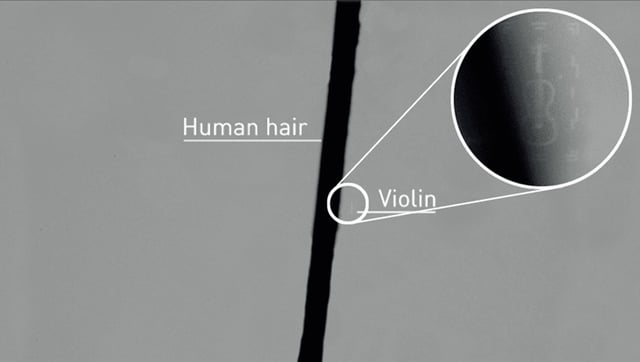Overview
- Physicists at Loughborough University etched an image of a violin onto a chip then deposited platinum to produce a 35×13-micron structure using thermal scanning probe lithography.
- The process employed a NanoFrazor system from Heidelberg Instruments housed in a protective glove box to achieve resolutions as fine as 15 nanometers.
- Researchers are now applying the lithography technique to fabricate heat-sensitive nanoparticles for future nanoscale memory devices.
- A separate team is exploring nanoscale magnetic sensors to enhance data stability and density in next-generation magnetic storage.
- This demonstration illustrates how advanced nanolithography can extend traditional compute technologies as Moore’s Law slows.

